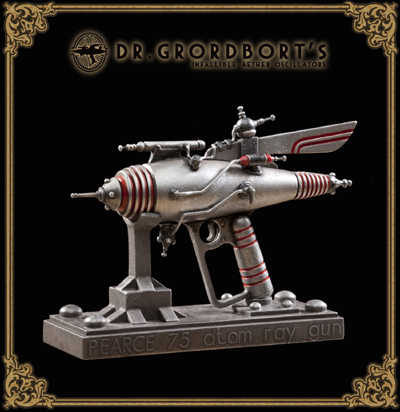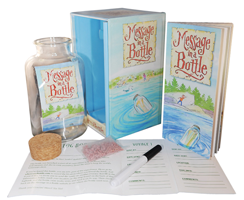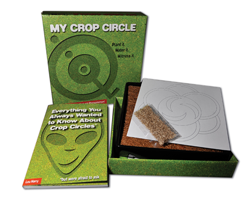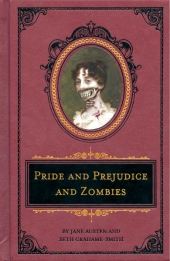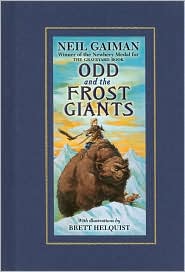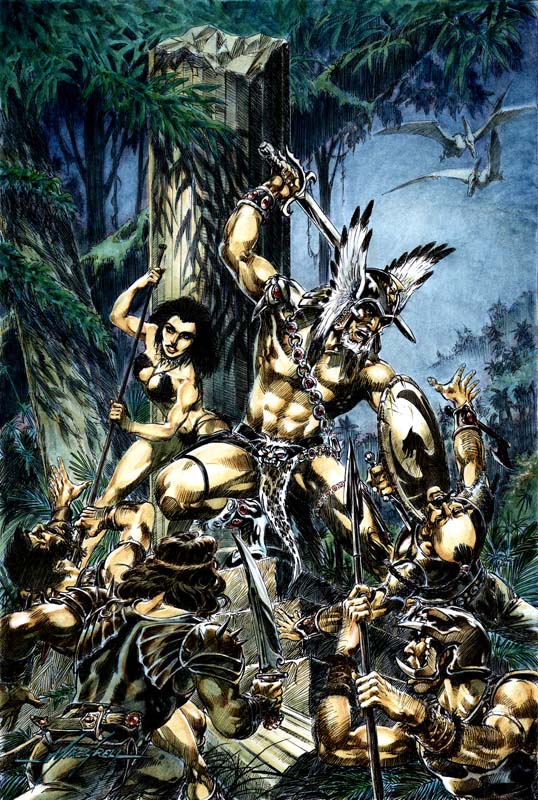Compulsions, Episode 1: Unleash
Everyone has a compulsion, most of us fight them, repress them, and keep them hidden. Compulsions tells the story of three seemingly normal people who instead of repressing their dark desires, act on them as emotional outlets.
Compulsions is a serialized dramatic thriller focusing on the internal dark sides of the leads juxtaposed with their “daily lives”.
Compulsions is the new web series from creator Bernie Su. Launched on November 30th at the popular Cinaspace night club in Hollywood and then online the following day, it’s been a whirlwind week for the creative team behind Compulsions. Unlike the typical web series where you get a new episode sometimes several weeks apart, Compulsions has launched an episode a day with the Season 1 finale, Episode 8, launching tomorrow. The release schedule isn’t the only thing different about this series. It’s not a fantasy, sci-fi or comedy trying to reach an audience that’s already seeking out more of the same content, but a drama seeking a new audience — the horror, drama and thriller fans. A high-quality dramatic thriller, Compulsions explores the lives of seemingly average people with a serious dark side that they juggle with their “normal” daily lives.
Mark is a submissive office worker by day and sadistic torturer by night. With his partner Justine, he kidnaps and interrogates people with very brutal and effective methods. Cassandra repairs computers, something that feeds her voyeuristic nature as she installs spyware that allows her to watch her clients’ personal lives. When Mark brings his work laptop in for her to fix, she discovers more then she bargained for when she takes a peek into his life.
Starring Craig Frank of The Crew and Craig and the Werewolf fame, Compulsions is a departure from the lighthearted and comedic fare that made him a familiar face online. Frank’s understated and natural performance that makes him so funny in his comedic roles translates well to the thriller format. I, for one, have always felt that the over-the-top bad-guy roles were much less effective than the quietly disturbed baddies. Frank plays quietly disturbed extremely well and can make the description of a fashion accessory sound frightening. His calm demeanor as he interrogates his victims is much more intimidating than any screaming, spittle-in-your-face villain would be, and his narrative at some points reminds me of Denzel Washington’s in Fallen.
As voyeuristic Cassandra, Annemarie Pazmino (Sorority Forever, Shoot the Hero, Edges of Darkness) has a Summer Glau-like cuteness and quirkiness. While you should immediately find yourself repulsed by her intrusion into others’ lives, you find yourself empathetic towards her instead. Several of her scenes rely solely on her expressions and non-verbal communication, and she proves to be just as vocal with her expressions as she is with her voice.
Janna Bossier (Skate or Die, The Pros and Cons of Breathing) is Mark’s partner, Justine. While Season 1 is focusing mainly on Mark and Cassandra, we get a pretty grim insight into Justine’s character as she kidnaps unsuspecting victim Sara Flannery (Taryn O’Neill of After Judgment, The Crew and The Office). Her dark side hovers right beneath the surface. She’s got a nonchalance that seems unchanged whether she’s pistol-whipping a victim or sipping wine with her boyfriend.
While Compulsions maintains its mystery (it looks like we’ll have to wait for Season 2 to find out what Mark and Justine are after), it’s a well-acted and compelling story that flows smoothly in its 3 to 5 minute run time and gives just enough information away to keep you coming back for more.
Compulsions also features newcomers Seth Caskey (the upcoming End Result), RC Ormond, Andrew Celmons and Elizabeth Tsing.
You can find out more about Compulsions here:
Compulsions Official Website
Compulsions on Twitter
Compulsions on Facebook

